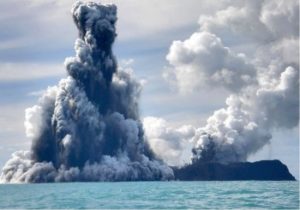by Claude Mandril, 13 mai 2019 in ConnaissanceDesEnergies
La capture et le stockage de CO2 (CCS(1)) est indispensable…
Les accords de Paris ont donné l’objectif : un réchauffement climatique « well below 2°C » d’ici 2100 par rapport aux températures de l’ère préindustrielle.
Le dernier rapport du GIEC montre par ailleurs qu’on serait « beaucoup mieux » à + 1,5°C, et que tout dixième de degré compte : + 1,7°C vaut mieux que + 1,8°C. Il faut donc, ajoute le GIEC, atteindre la neutralité carbone autour de 2050.
Or il est complètement exclu d’arrêter toutes les émissions de gaz à effet de serre, et de loin ! :
-
l’AIE estime dans son scénario Sustainable Development (le plus contraignant)(2) que les énergies fossiles représenteront encore 60% de la fourniture mondiale d’énergie en 2040. Même si on juge l’AIE timorée, on est clairement hors limite ! ;
-
la capacité d’extraction charbonnière en Chine a augmenté de 6% en 2018 (selon la National Energy Administration en Chine) ;
- et surtout, n’oublions pas les émissions « de procédé » (ciment, sidérurgie, chimie, agroalimentaire).
Donc il faudra des « puits » de carbone. En premier lieu, les forêts mais à condition qu’elles soient exploitées et que les produits de cette exploitation donnent un stockage permanent. L’incendie de Notre-Dame de Paris montre que ce n’est pas garanti… L’usage du bois en chaudière réduit les émissions en remplaçant des émissions de carbone fossile, mais ce n’est pas un puits (sauf avec CCS !).
Reste donc la CCS, qui est indispensable. D’ailleurs, sur les 4 scénarios du GIEC, 3 comportent le déploiement de la CCS, le 4e étant un repoussoir.
Et pourtant la CCS est complètement ignorée voire vilipendée, sauf dans une dizaine de pays.
Examinons les critiques ou les objections :
…

